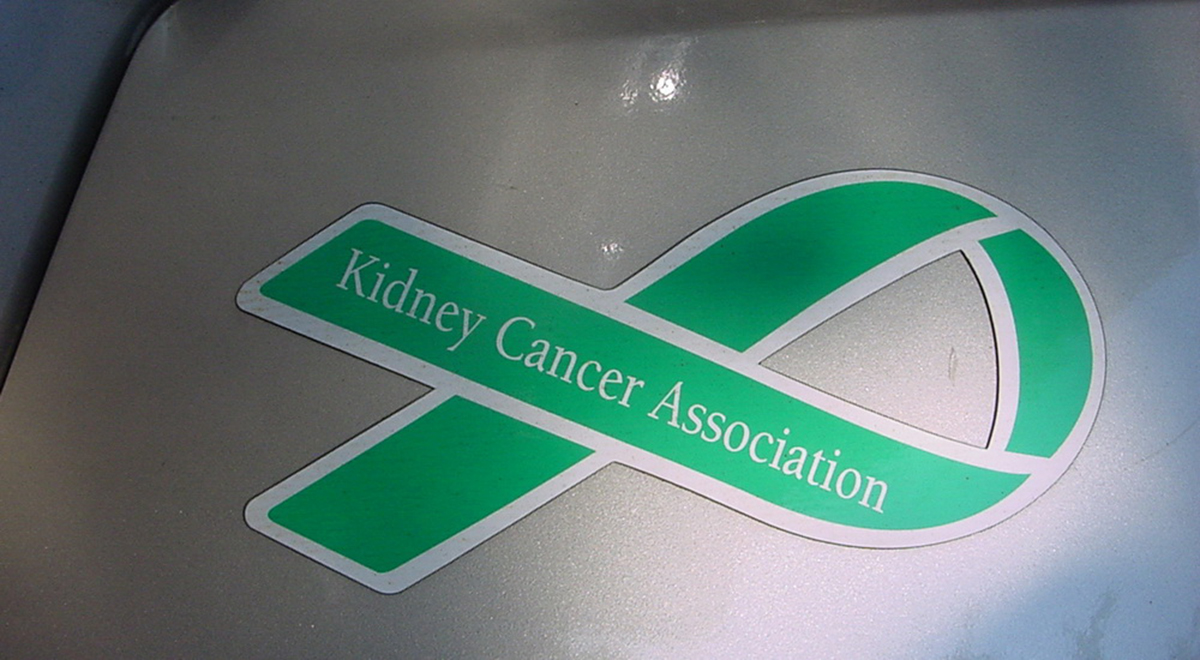Table of Contents
When Neil Thurgood's doctors showed him the X-rays of his lungs, his comment was that they looked like two tube socks full of golfballs. But the golfballs were cancerous tumors that had metastisized from cancer in his left kidney. Thurgood, age 54, with one child still in high school and two still in college, feared he would not live to see any of this children graduate.

His oncologist, however, said there might be hope yet. The doctor persuaded Thurgood that his only hope was to take an exceptionally unpleasant immune system booster called interleukin-2, also known as IL-2, and hope for the best.
Two months later Thurgood's oncologist came into the exam room almost giddy with good news. The two tube socks that were his lungs were almost free of golfball-sized tumors, and there also seemed to be healing of cancerous lesions in his bones.
A Cancer Seldom Detected in Time
The form of kidney cancer known as renal cell carcinoma kills about 13,000 people every year in the United States alone. Survival rates from renal cell carcinoma have stayed about the same for 40 years in the USA, although they have been improving in Europe.
Renal cell carcinoma is seldom detected early, because it can produce a variety of symptoms in its early stages, which may or may not occur together:
- The classic symptoms of kidney cancer are hematuria (blood in the urine), pain in the flank, and a palpable mass in the kidney, one that the doctor can feel. This combination of symptoms, however, only occurs in about 10% of cases.
- About 40% of cases present blood in the urine.
- About 40% of cases present flank pain.
- About 30% of cases involve weight loss.
- About 25% of cases result in a tumor that can be felt during physical examination.
- And smaller numbers of cases involve fever, high blood calcium levels, swelling in one testicle in men (due to pressure on a vein serving the testicle), night sweats, or severe fatigue.
Severe Complications Later On
The later stages of kidney cancer, however, produce a variety of symptoms that are extremely difficult to manage. Red blood cells may break down. Even if the cancer does not spread to the liver, there may be impaired liver function. High blood pressure may become unmanageable. Lumps of amyloid protein can build up in organs throughout the body, and there can be painful changes in the joints and skin.
Some people are more likely to survive renal cell carcinoma than others.
See Also: Kidney Cancer - Risks, Symptoms, Treatment, and Prevention Tips
If the cancer has already spread, but it has only has spread to the lungs, there is usually a longer survival time. People who have more "energy" tend to live longer, as do people who have normal calcium levels and normal amounts of hemoglobin in the bloodstream. But once the disease has spread, very few live as long as 5 years.
- Hanzly M, Aboumohamed A, Yarlagadda N, Creighton T, Digiorgio L, Fredrick A, Rao G, Mehedint D, George S, Attwood K, Kauffman E, Narashima D, Khushalani NI, Pili R, Schwaab T.High-dose Interleukin-2 Therapy for Metastatic Renal Cell Carcinoma: A Contemporary Experience. Urology. 2014 May,83(5):1129-34. doi: 10.1016/j.urology.2014.02.005. PMID: 24767525.
- Photo courtesy of Jason Eppink by Flickr : www.flickr.com/photos/jasoneppink/212106110
- Photo courtesy of U.S. Army Environmental Command by Flickr : www.flickr.com/photos/armyenvironmental/4416784677


Your thoughts on this